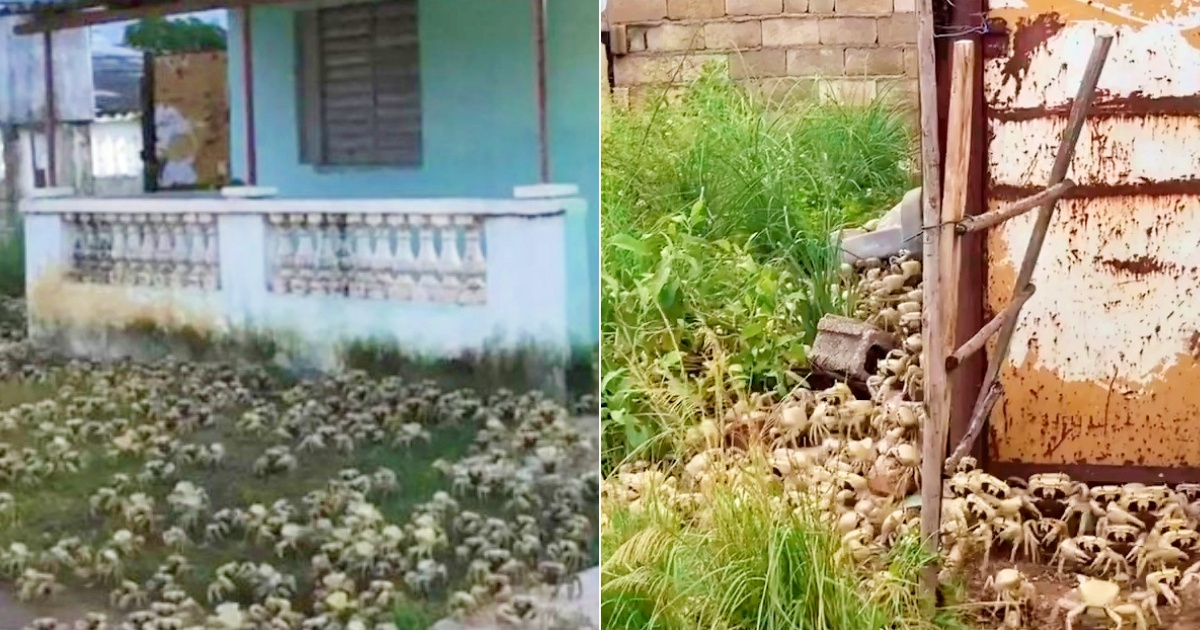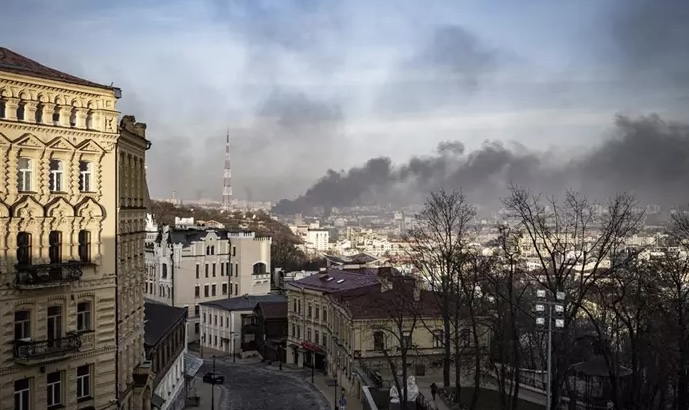Invasion Crabs Land inhabited by municipal residents these days KhyberianVilla Clara continues to leave impressive pictures on social networks.
However, beyond being a recurring event, Neighbors in the area describe the “overproduction in recent years” as unusual.
That’s what Oscar Valdez, a farmer with the “Alberto Bis Delgado” Credit and Service Cooperative (CCS) in Dolores, believes. Local radio He associated the rise of crabs with the decline of agriculture.
“I think it has a very close relationship with agriculture, the soil issue. “We know that there has been some recent decline in agriculture, and that land that was once fully arable has become barren, providing habitat for crabs.”Valdez explained in reports to journalist Freddy Espinosa Radio Kyparian.
Oscar Valdes considered this to be personal opinion without a “scientific basis” but based on his extensive knowledge of the land and area.
The aforementioned source explained that the traditional “crab runs” begin in late April and early May depending on the rains, adding that they are the crabs consumed in Villa Blanca.
These days, he noted, avalanches are “coated women,” so-called “pregnant crabs,” that have not previously been consumed.
In recent days, residents of Caibarien have left extensive evidence in social networks such as streets, sidewalks, fields and the interior of houses occupied by hundreds of land crabs, some climbing the walls and walls of houses.
Other Cuban provinces like Cienfuegos or Pinar del Río are witnesses. Crab migration In March when they take their eggs to sea. In that case, the path is usually marked by fixed obstacles they encounter. Many of these models are crushed by cars while crossing roads.
288 species of crabs are distributed in twenty families in Cuba.




:quality(85)//cloudfront-us-east-1.images.arcpublishing.com/infobae/BWVWBJA4XBEHLNIHAYP6I7OTL4.jpg)
